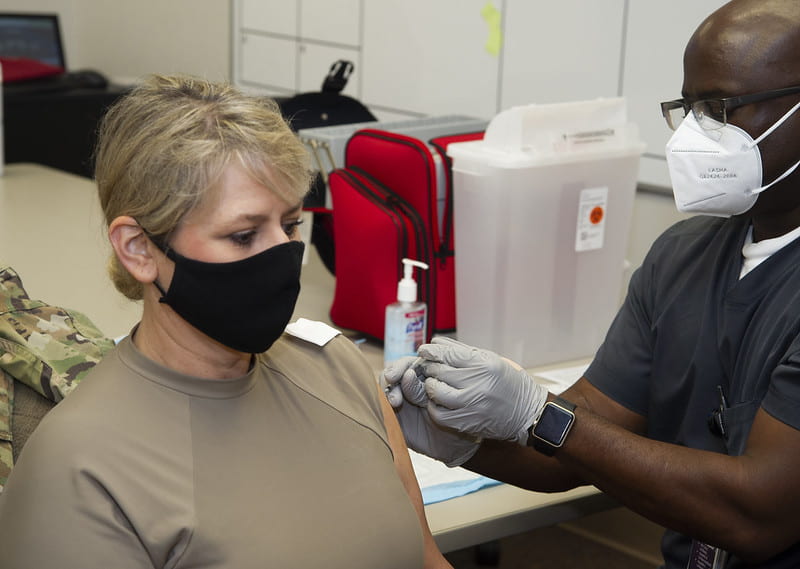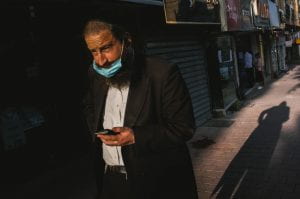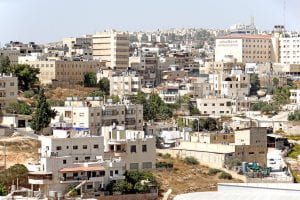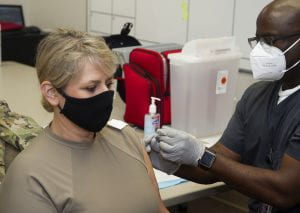In the northernmost part of Ethiopia, there is a region composed of an ethnic minority called the Tigrayans that oppose increasing the power of the central government. This region has 7 million ethnic Tigrayans, which is 7% of Ethiopia’s population, and they have a significant influence on national affairs. The conflict between the government of Ethiopia and Tigray has been growing since the current Prime Minister took power in 2018. Ethiopian Prime Minister Abiy Ahmed wants to unify the country by increasing the power of the federal government and taking power away from autonomous regions like Tigray.
Prior to Abiy taking office, the regional government called Tigray People’s Liberation Front had a lot more authority. TPLF had been in power for more than three decades until they were forced to step down by protestors. President Abiy created a political party that united several ethnic minorities to form the Prosperity Party. TPLF decided to not become a part of this party and remain in control of the Tigray region. After this decision was made, key Tigray leaders were taken out of power due to accusations of corruption. The Ethiopian government also delayed elections in 2020, which the leaders of Tigray opposed. In resistance to Abiy’s government trying to take away their autonomous power, Tigray held regional elections in September 2020.
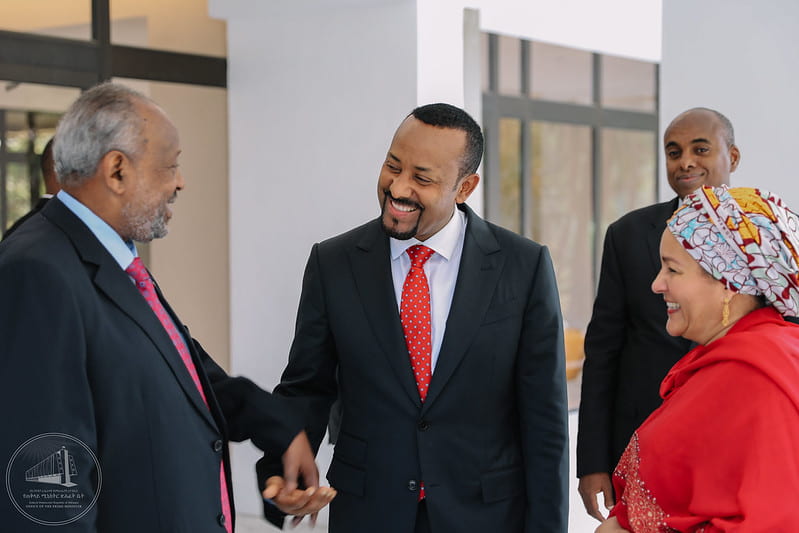
In response to the regional elections, the federal government declared them illegitimate and cut funding to the region in October. Ethnic tensions in Ethiopia have been a problem since the military junta overthrew the centuries-old monarchy in 1974. The TPLF and another political party representing the Oromo people pushed against the junta because they perceived the takeover as a domination of the Amhara people and language. Since then, violence has occurred as tensions rise between different ethnic groups. In July 2020, accusations of ethnic cleansing against Oromo youth were made when groups targeted Amhara and Gurage people in the Oromia region. Most ethnic groups in Ethiopia have faced violence from other groups or exclusion by the central government depending on which political party was in power.
The situation in Tigray escalated to violence in November 2020, when TPLF laid siege to a key Ethiopian military base at Sero. In response to the attack by mortar and tanks, the Ethiopian government launched an offensive against the Tigray region. By the end of November, the federal government’s forces had retaken Mekelle, the capital city of Tigray. In the aftermath of the conflict, accusations of genocide and ethnic cleansing of Tigrayans have been made against the government of Ethiopia and their Eritrean allies. The most notable figure to bring this light has been the leader of the Tigray region, Debretsion Gebremichael. In an interview in February, Gebremichael called for an independent probe into the alleged killings, rapes, and torture.
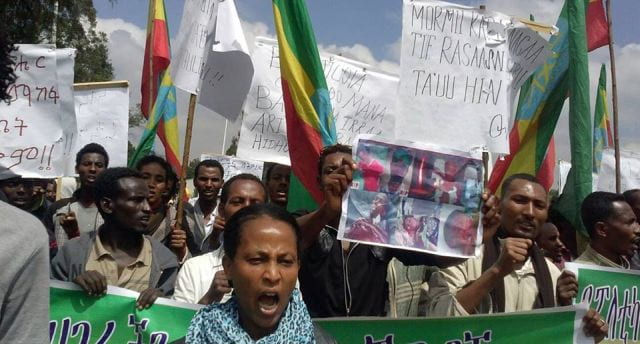
The US State Department has released credible reports and accounts that support claims of ethnic cleansing and other human rights abuses. Reports include indiscriminate shelling on civilians by the Ethiopian government and looting by soldiers after Tigrayans fled the area. The abuse allegations are not limited to the government of Ethiopia. Eyewitnesses report that Eritrean soldiers fired on a crowd of Tigrayans leaving Maryam Dengelat church in Dengelat, a village in the east of the Tigray region. CNN also spoke to doctors that are reporting sexual violence used as a weapon against women in the area.
The conflict has led to tens of thousands of Tigrayans fleeing as refugees into neighboring Sudan. Thousands are believed to have been killed, though numbers are only estimates since human rights organizations are unable to get into the area due to fighting. One Ethiopian official said around 2.2 million people have fled their homes. In the past few weeks, journalists have finally been able to get into the region to release witness accounts and situation reports. In recent decades, Ethiopia has been a close ally of the United States and a stable presence in the Horn of Africa. Analysts worry that the recent human rights abuses and conflict may upset this status and make Ethiopia a source of instability.
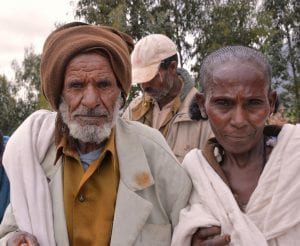
Reports of genocide and ethnic cleansing in Tigray are just the most recent reports of violence against minorities in Ethiopia. The linguistic and religious makeup of the country makes it one of the most diverse in the region. Minority Rights Group International keeps a world directory based on census data, and Ethiopia consists of over 90 distinct ethnic groups that speak 80 different languages. The country is 43.5% Orthodox Christian and 33.9% Muslim, with the remainder following Protestantism, Roman Catholicism, and traditional religions. The largest ethnic groups include the Oromo at 34.9% of the population, Amhara at 27.9%, and Tigray at 7.3%. The unique makeup of groups with different beliefs creates a difficult terrain for the government in power to navigate and future cooperation against violence is necessary to end the hate against minority groups.
